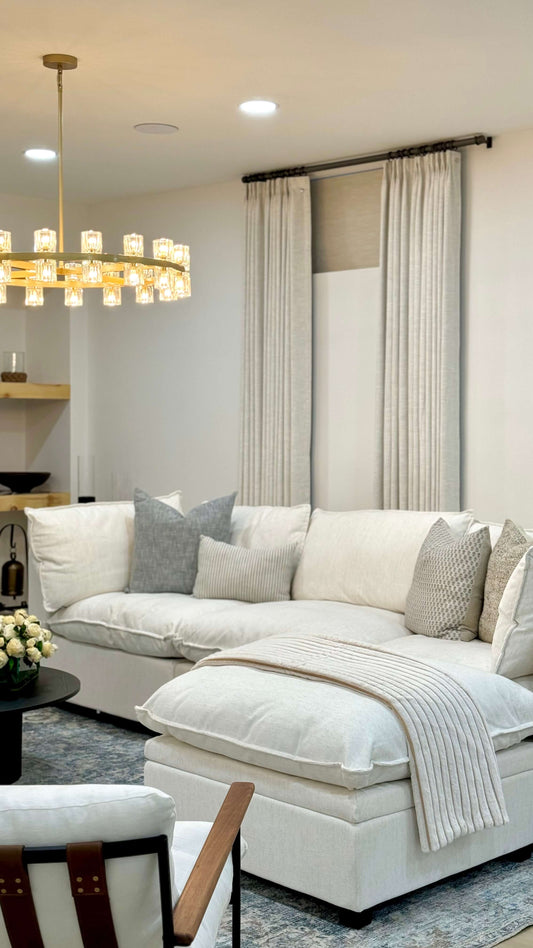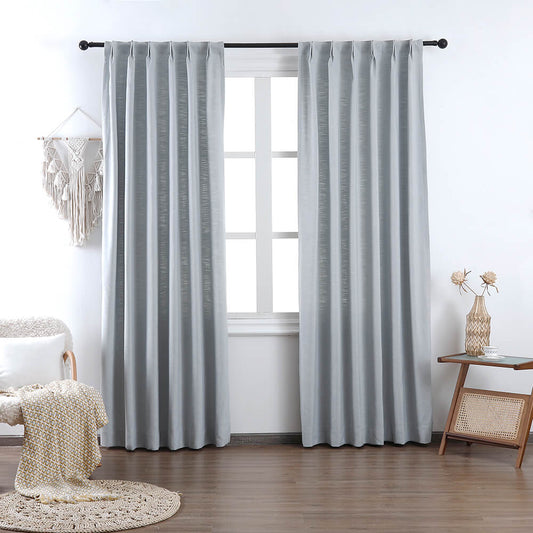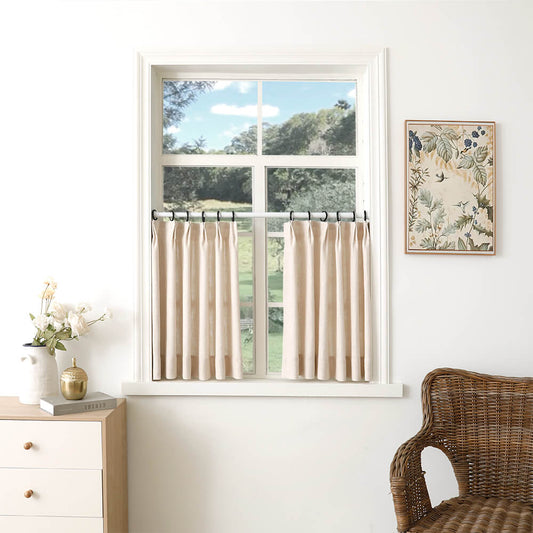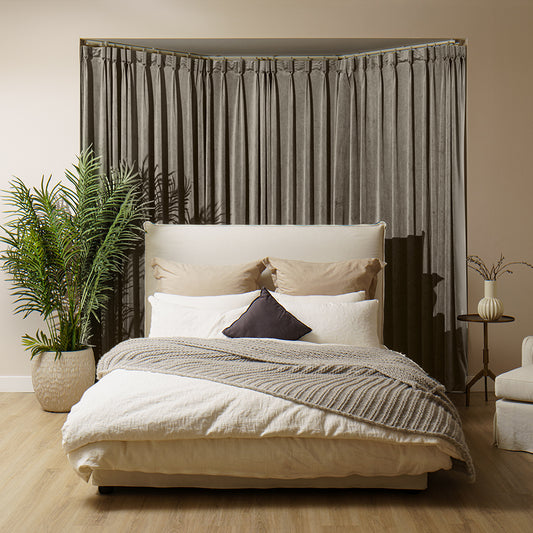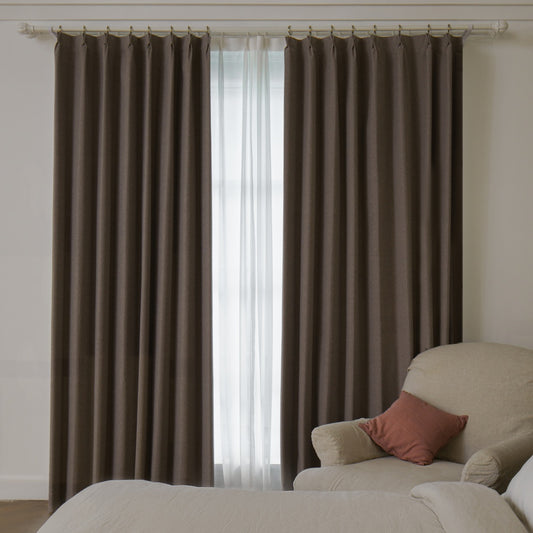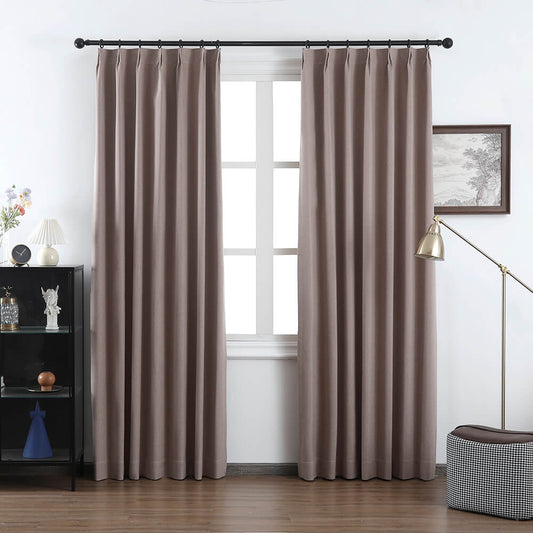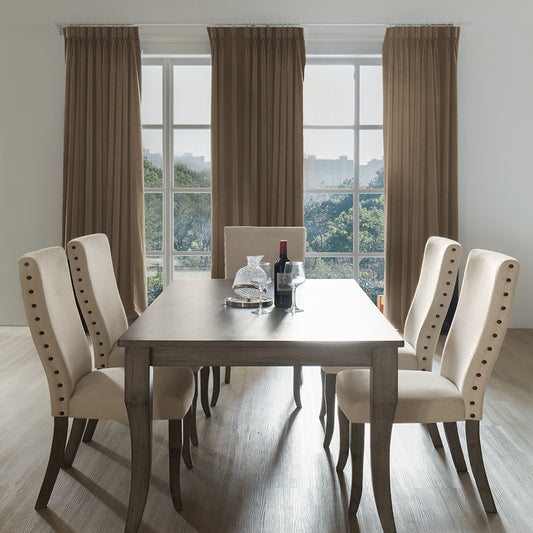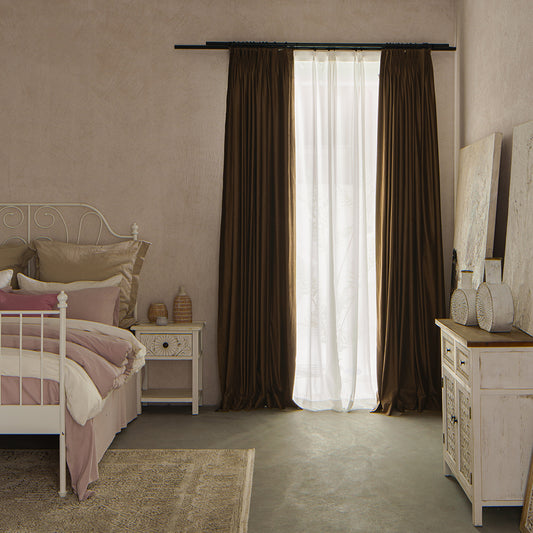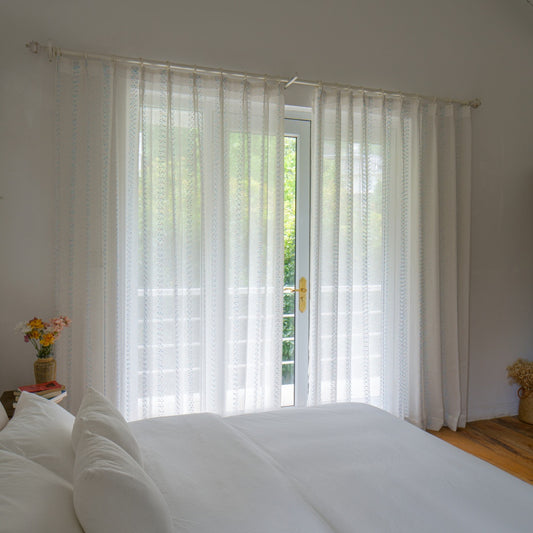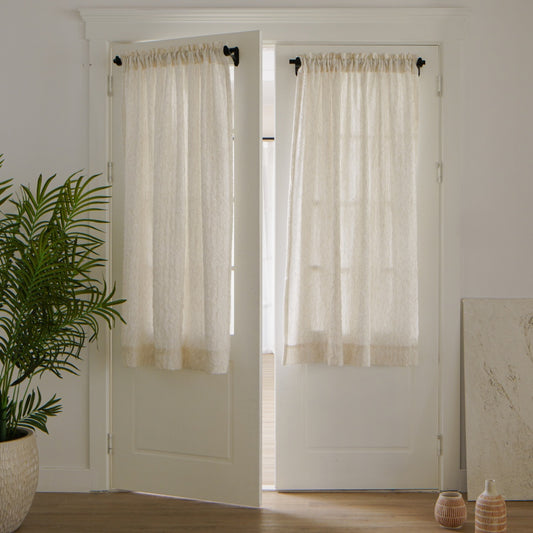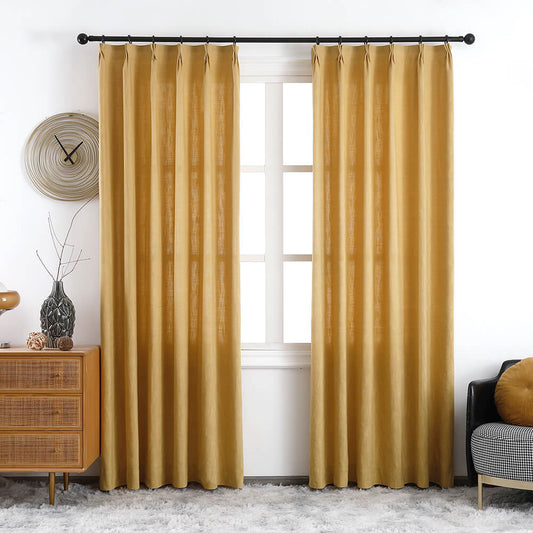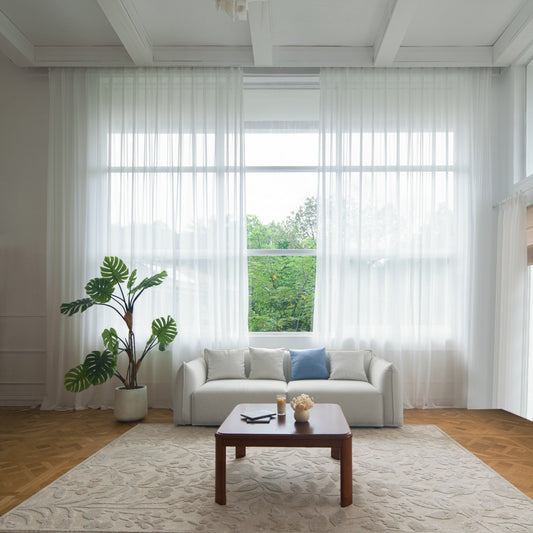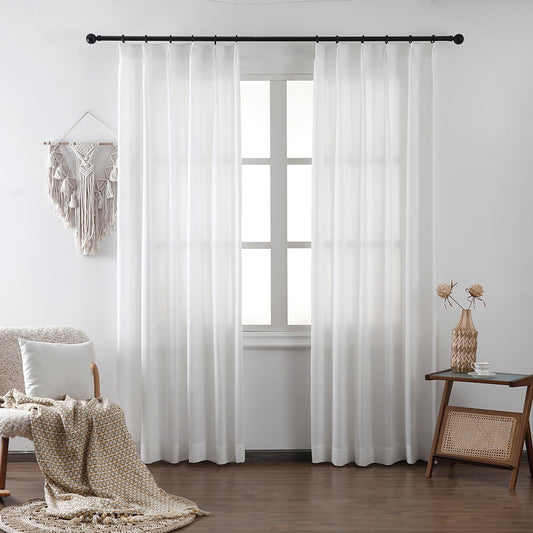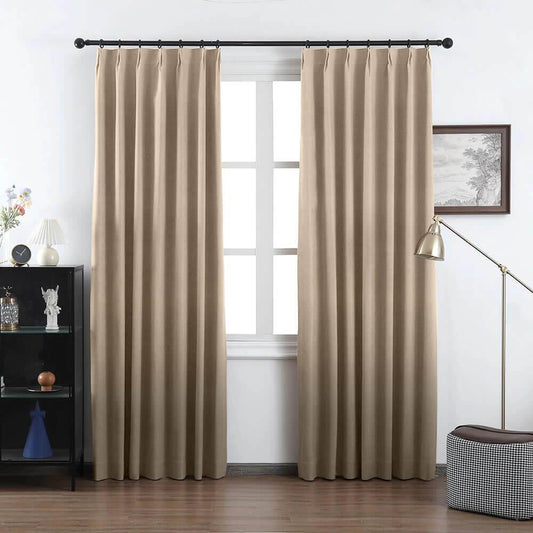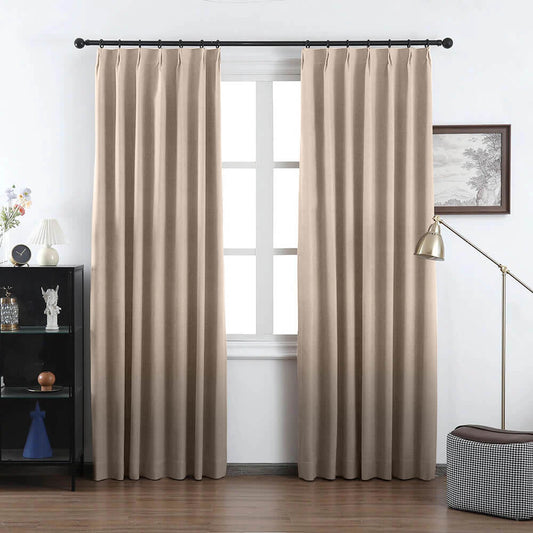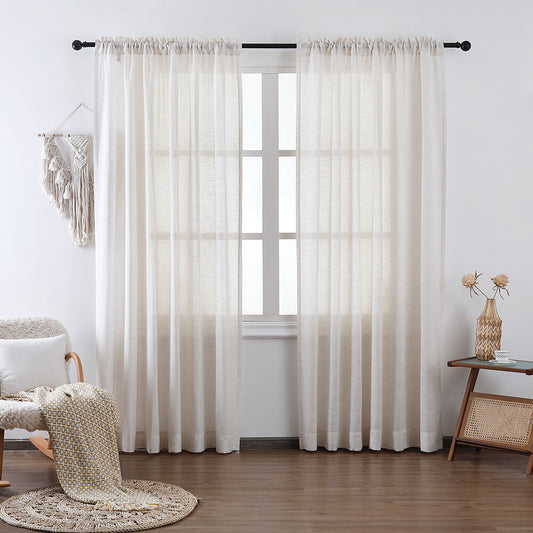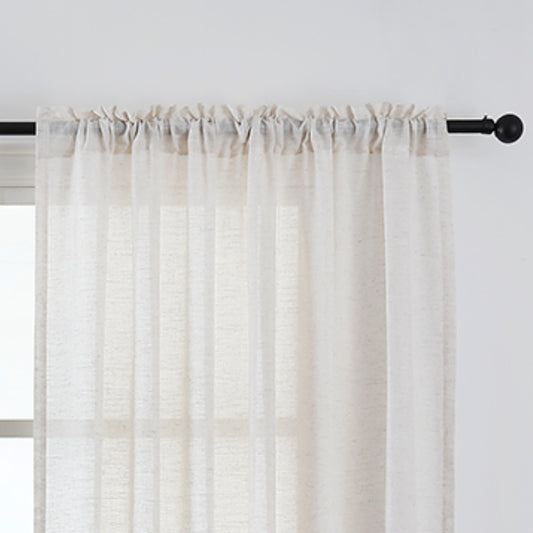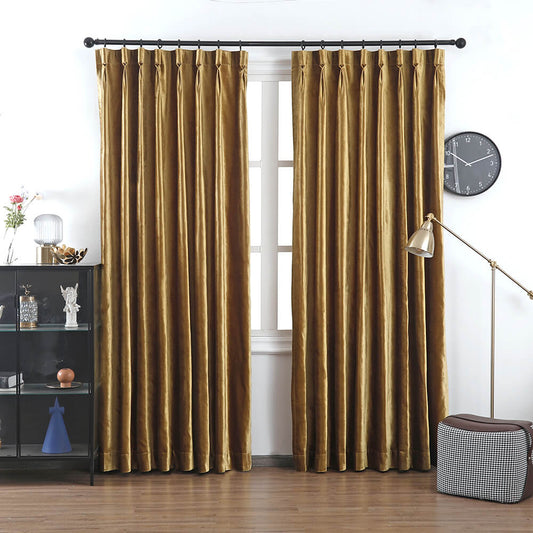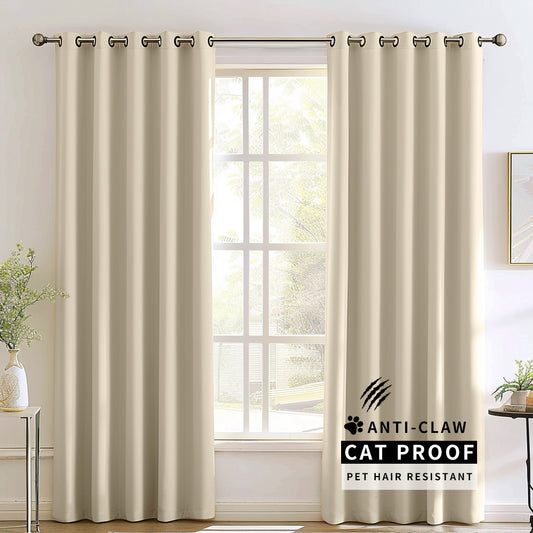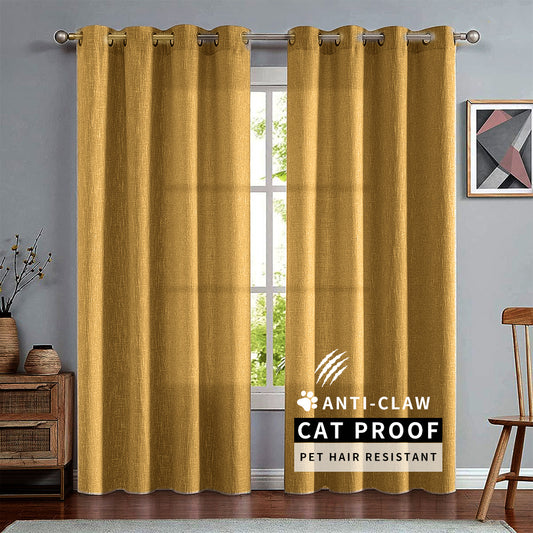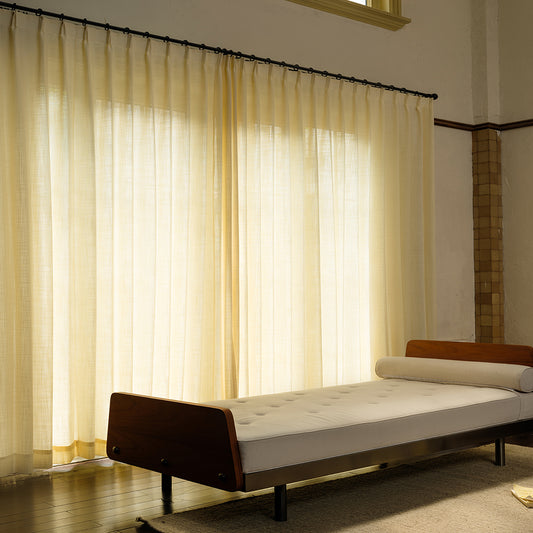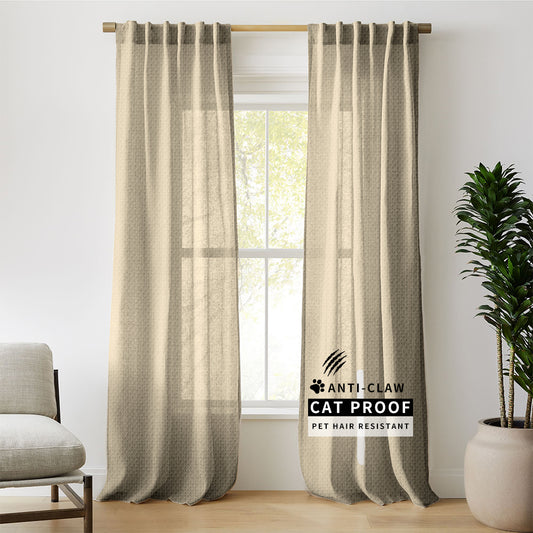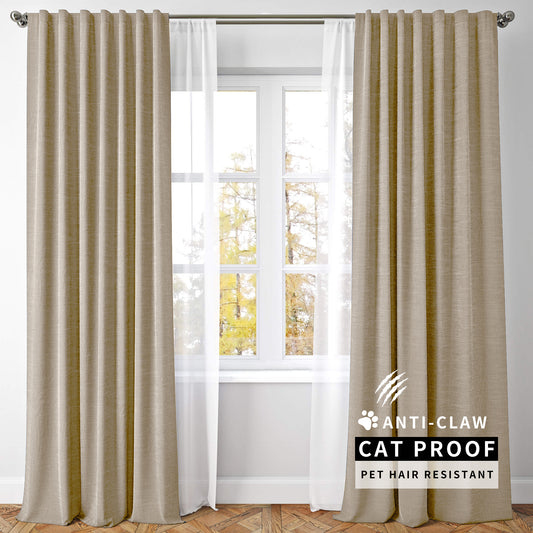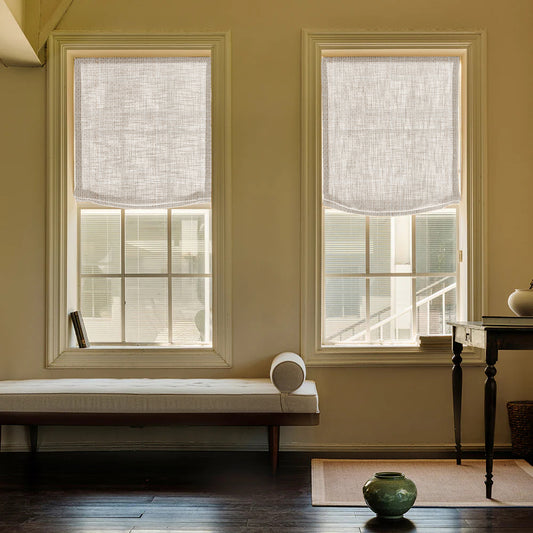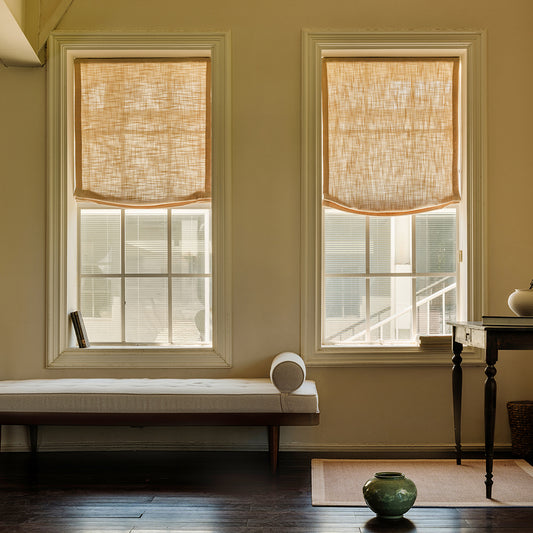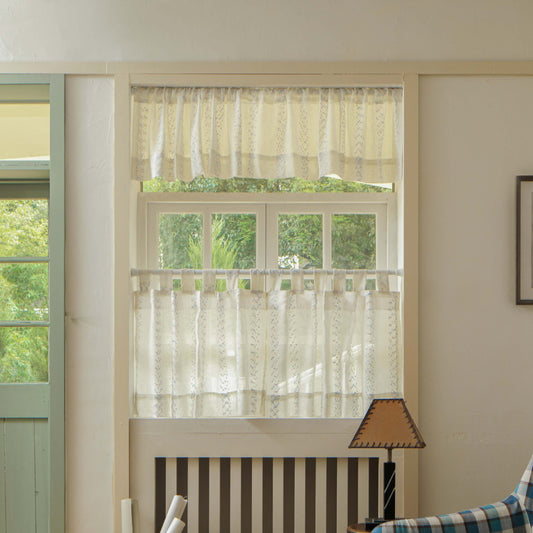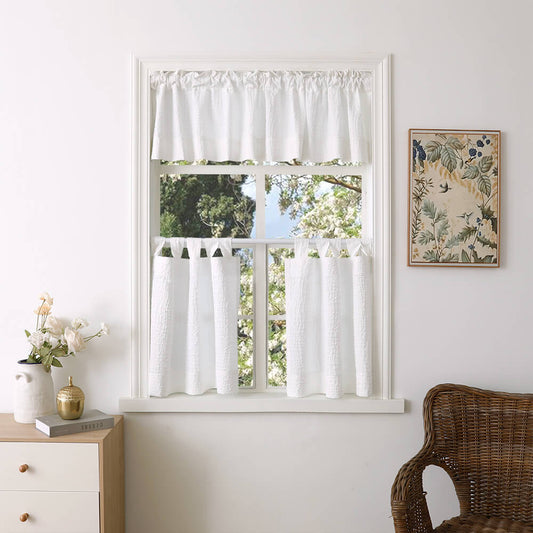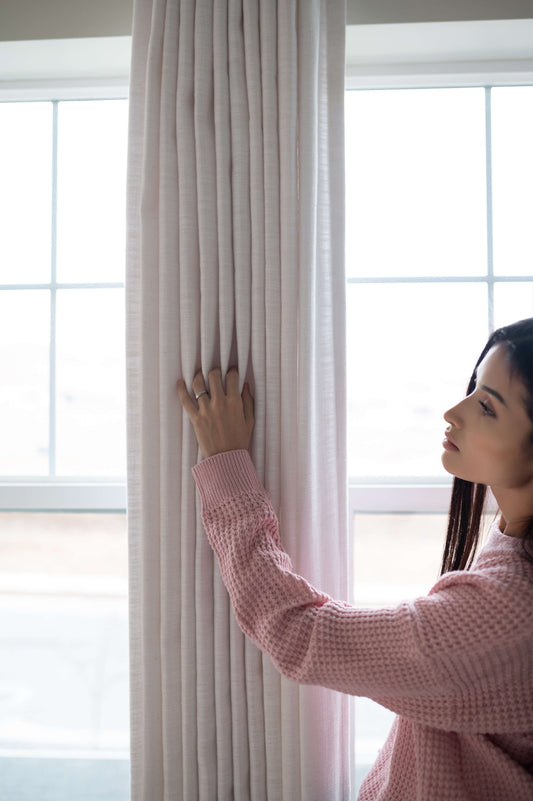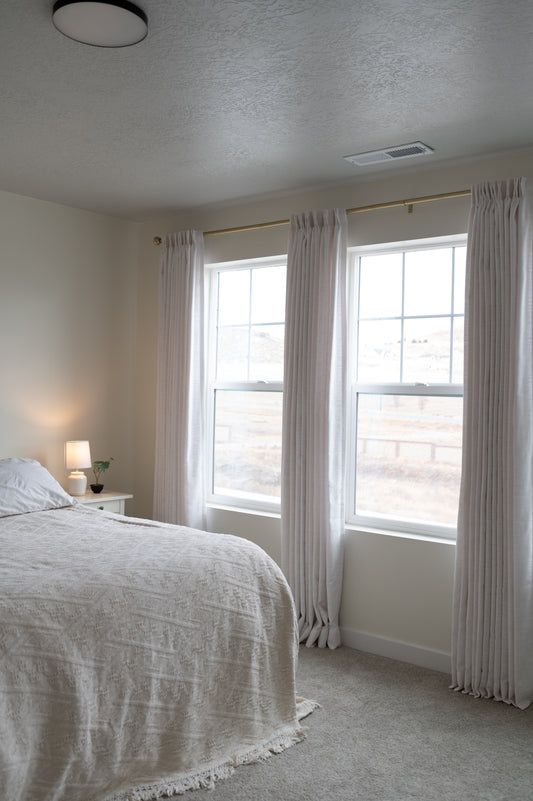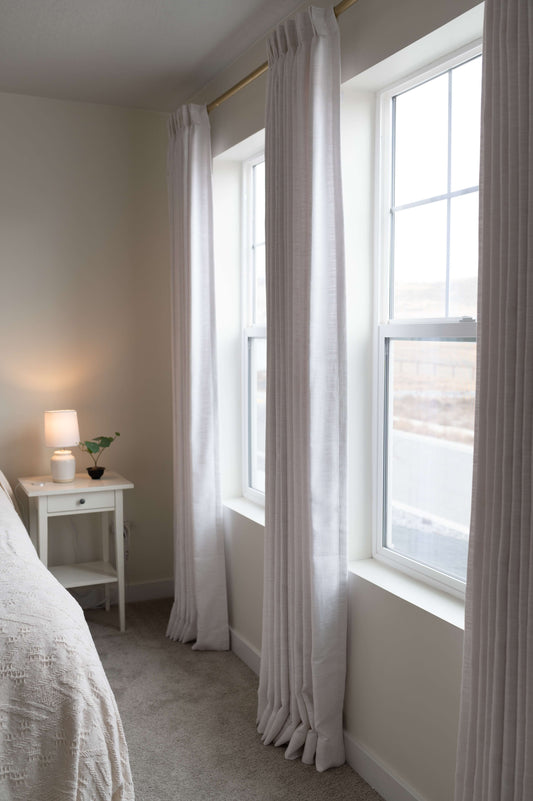Eco-Friendly Printing Techniques for Sustainable Curtain Production
In today’s competitive market, the demand for sustainable and environmentally responsible production methods is higher than ever. Eco-friendly printing techniques for sustainable curtain production not only reduce waste and energy consumption but also offer impressive aesthetic results. This blog post is crafted specifically for curtain distributors and resellers seeking modern, sustainable solutions that attract discerning clients. By embracing green printing technologies, businesses can boost their market appeal and operational efficiency while contributing to environmental stewardship
Body
1. Innovative Eco-Friendly Printing Methods for Curtains
Eco-friendly printing has evolved remarkably over the last decade. In sustainable curtain production, advanced printing techniques are replacing conventional methods with more efficient, environmentally responsible alternatives. One of the foremost innovations is digital printing. This method minimizes fabric waste by enabling precise ink application and reducing the need for water and chemical usage. Digital printing technology has significantly lowered the carbon footprint compared to traditional screen printing methods.
Water-based inks are another breakthrough in eco-friendly printing. Unlike solvent-based inks that emit harmful volatile organic compounds (VOCs), water-based inks use natural pigments and water as a solvent, ensuring safer working conditions and a cleaner environment. This method not only provides vibrant, durable colors but also contributes to the overall sustainability of the production process. Additionally, discharge printing, which removes dyes from the fabric and replaces them with eco-friendly pigments, has become popular. This technique offers softer textures and a more natural look while reducing the chemical load.
Moreover, innovative techniques like reactive printing, which chemically bonds dyes to fibers, offer remarkable colorfastness and longevity in curtains. By integrating these advanced printing methods, manufacturers can achieve superior quality with minimal environmental impact. The fusion of creativity and technology in these methods exemplifies the potential of eco-friendly printing in revolutionizing sustainable curtain production.

2. Sustainable Curtain Production: Materials and Eco-Friendly Printing Integration
Sustainable curtain production begins with material selection. Natural fibers such as cotton, linen, and hemp are favored for their renewability and biodegradability. However, the integration of eco-friendly printing techniques requires compatibility with the chosen material. For instance, reactive printing performs best on cellulose-based fibers like cotton and linen, ensuring that dyes chemically bond with the fabric. This not only enhances color vibrancy but also increases durability, an essential factor for commercial applications.
When considering sustainable curtain production, it is crucial to evaluate the entire supply chain. Eco-friendly printing processes can reduce water usage and minimize chemical waste. Manufacturers adopting closed-loop systems can recycle water and solvents, thereby lowering overall resource consumption. This approach aligns perfectly with the principles of sustainable curtain production, as every step—from raw material sourcing to final printing—aims to reduce environmental impact.
Furthermore, using organic fibers in conjunction with water-based or reactive printing methods creates curtains that are both beautiful and kind to the planet. The careful selection of sustainable materials, combined with advanced eco-friendly printing, ensures that the final product meets high durability standards and retains a luxurious aesthetic. As businesses increasingly seek green credentials, offering sustainably produced curtains has become a competitive advantage in the marketplace.
3. Advantages of Eco-Friendly Printing in Commercial Curtain Production
Adopting eco-friendly printing techniques offers numerous benefits for commercial curtain production. One primary advantage is the significant reduction in environmental pollutants. Water-based and digital printing methods minimize the emission of VOCs, thereby contributing to healthier indoor environments. This aspect is especially critical for commercial spaces such as offices, hotels, and retail outlets, where air quality plays a vital role in client satisfaction.
Cost efficiency is another compelling benefit. While the initial investment in modern eco-friendly printing technology may be higher than traditional methods, the long-term savings are substantial. Reduced chemical use, lower water consumption, and minimal waste production translate into lower operational costs. These savings can be reinvested in further innovation or passed on to customers, enhancing market competitiveness.
Eco-friendly printing also enhances product appeal. Consumers today are increasingly eco-conscious and prefer products that demonstrate a commitment to sustainability. Curtains produced using green printing technologies boast not only superior quality but also an environmentally friendly production narrative. This narrative can be a powerful marketing tool for distributors and resellers, attracting a clientele that values both aesthetics and sustainability.
In addition, eco-friendly methods often yield faster turnaround times and offer greater design flexibility. Digital printing allows for on-demand production, reducing lead times and enabling customized orders. This agility is particularly beneficial in commercial projects, where meeting strict deadlines and adapting to client specifications are paramount. The combination of environmental benefits and operational efficiency makes eco-friendly printing a game-changer in sustainable curtain production.
4. Overcoming Challenges in Eco-Friendly Printing for Sustainable Curtains
Transitioning to eco-friendly printing techniques in curtain production is not without challenges. One significant hurdle is ensuring consistent quality across diverse fabric types. Since eco-friendly inks and dyes interact differently with various materials, manufacturers must conduct extensive testing and calibration to achieve optimal results. Investing in research and development becomes crucial in overcoming these quality control issues.
Another challenge is the higher initial cost of eco-friendly printing technology. While long-term savings are evident, the upfront expenditure on new machinery and training can be a barrier for some manufacturers. To address this, many companies are exploring financing options and government grants aimed at promoting sustainable practices in the textile industry. Collaborations with research institutions and technology providers can also help ease the financial burden by sharing the costs of innovation.
Environmental compliance and certification pose additional challenges. Achieving recognized eco-certifications requires rigorous audits and adherence to strict standards. Although this process can be time-consuming and complex, it ultimately enhances market credibility. Certified sustainable curtains gain a competitive edge by appealing to environmentally conscious consumers and commercial clients alike.
Moreover, educating the market on the benefits of eco-friendly printing is essential. Distributors and resellers need to be well-informed about the technical advantages and long-term benefits of sustainable curtain production. Training sessions, workshops, and detailed case studies can empower sales teams to communicate these benefits effectively, thereby driving increased demand and inquiries from potential clients.

5. Implementing Eco-Friendly Printing in Commercial Curtain Manufacturing
For businesses ready to adopt eco-friendly printing techniques, a strategic implementation plan is essential. The first step is to perform a comprehensive audit of current production practices. Identify areas where traditional methods contribute to waste and environmental harm. This assessment can highlight opportunities for integrating sustainable alternatives, such as transitioning to water-based inks or adopting digital printing systems.
Once the potential improvements have been identified, investing in modern equipment and technology becomes the next priority. Modern digital printers and eco-friendly ink systems offer superior quality and operational efficiency, making them ideal for commercial curtain production. Manufacturers should also consider training programs for staff to ensure smooth integration and optimal use of new technology.
Collaboration is another key factor in successful implementation. Establishing partnerships with eco-conscious suppliers and technology innovators can facilitate access to the latest advancements in green printing. These collaborations often lead to shared research and development initiatives, helping to refine techniques and further reduce environmental impact.
Monitoring and evaluating the performance of eco-friendly printing methods is vital. Implement regular quality control checks and environmental audits to ensure that sustainable practices are maintained. This continuous improvement process not only guarantees product excellence but also provides valuable data that can be used to further optimize production methods.
Integrating eco-friendly printing also involves rethinking design processes. Designers must adapt to the nuances of green printing techniques, which may require different file preparation or color management approaches compared to conventional methods. By fostering a collaborative environment between designers, production teams, and technology experts, businesses can create curtains that are both visually appealing and sustainably produced.
6. Future Trends in Eco-Friendly Printing for Sustainable Curtain Production
The future of eco-friendly printing in sustainable curtain production is bright, driven by ongoing technological advancements and increasing environmental awareness. One emerging trend is the use of biodegradable inks and dyes. These eco-friendly solutions decompose naturally, further reducing the environmental footprint of curtain production. As research in this area progresses, manufacturers can expect a wider range of sustainable options that maintain high performance without compromising environmental integrity.
Another promising development is the integration of artificial intelligence (AI) and automation in printing processes. AI-driven systems can optimize ink distribution and reduce waste by accurately predicting fabric behavior. Automation in production can also lead to more precise quality control and faster turnaround times, ensuring that sustainable curtains meet the high standards demanded by commercial clients.
Moreover, the adoption of blockchain technology is gaining traction in the sustainable textile industry. By using blockchain to track production processes and material sourcing, manufacturers can provide transparent proof of sustainability to end users. This traceability builds trust with customers and differentiates eco-friendly curtains in a competitive market.
Consumer demand for personalized and sustainable products is set to drive further innovation. Customizable printing solutions that use eco-friendly techniques will allow distributors and resellers to offer unique, high-quality curtains that cater to specific client needs. This customization, coupled with the inherent benefits of green production methods, positions eco-friendly printing as a vital component of future curtain production.
Finally, government regulations and environmental policies are expected to become even more stringent. Manufacturers who proactively adopt eco-friendly printing techniques will be better positioned to comply with these regulations and benefit from potential incentives. Embracing these future trends today ensures that sustainable curtain production remains at the forefront of innovation, meeting both market demands and environmental standards.
Conclusion
Eco-friendly printing techniques for sustainable curtain production represent a significant leap forward in the textile industry. By adopting innovative methods such as digital printing, water-based inks, and reactive printing, manufacturers can achieve superior quality while minimizing environmental impact. The integration of sustainable materials and advanced technology not only enhances product durability and visual appeal but also positions businesses as leaders in environmental responsibility. For curtain distributors and resellers, embracing these practices opens up a world of opportunity to attract eco-conscious clients and secure a competitive edge in a rapidly evolving market.
FAQ
Q1: What is eco-friendly printing in curtain production?
Eco-friendly printing refers to techniques that reduce environmental harm by using water-based inks, digital printing, and sustainable dyes, ensuring minimal waste and lower VOC emissions.
Q2: How does sustainable curtain production benefit commercial spaces?
Sustainable curtain production enhances durability and aesthetic appeal, reduces maintenance costs, and promotes a healthier indoor environment by using green technologies and renewable materials.
Q3: Are the initial costs higher for eco-friendly printing techniques?
While the upfront investment may be greater, the long-term savings from reduced waste, lower chemical use, and improved efficiency make it a cost-effective solution.
Q4: How can distributors implement these techniques?
Distributors can begin with a comprehensive audit of current practices, invest in modern printing technologies, and partner with eco-conscious suppliers to ensure a smooth transition to sustainable production.
Q5: What future trends can we expect?
Future trends include biodegradable inks, AI optimization in printing processes, blockchain traceability for supply chains, and increased demand for customizable, sustainable curtain solutions.

